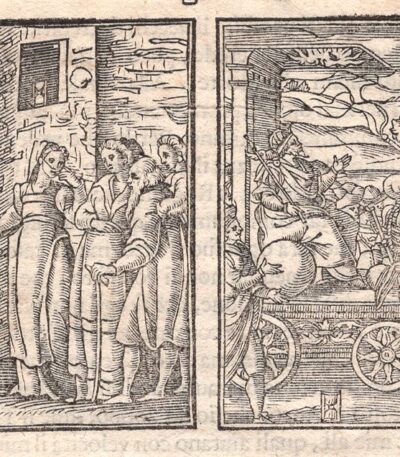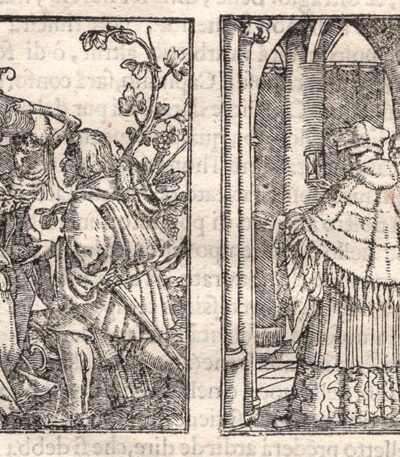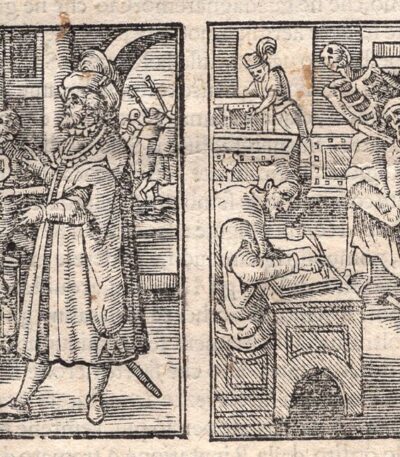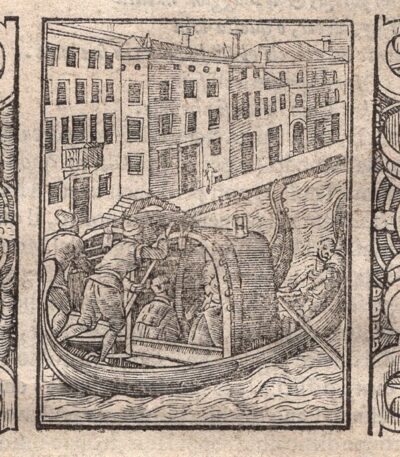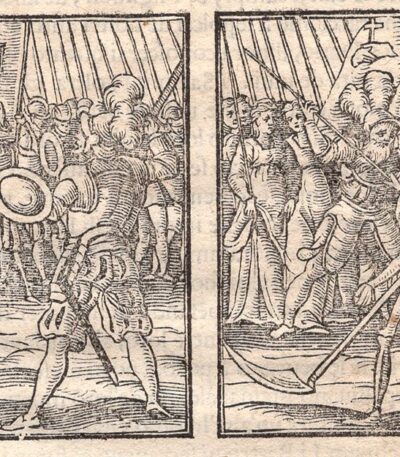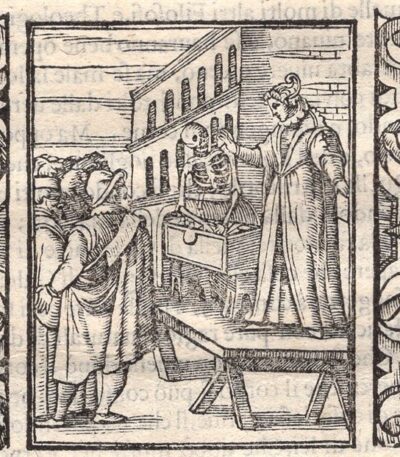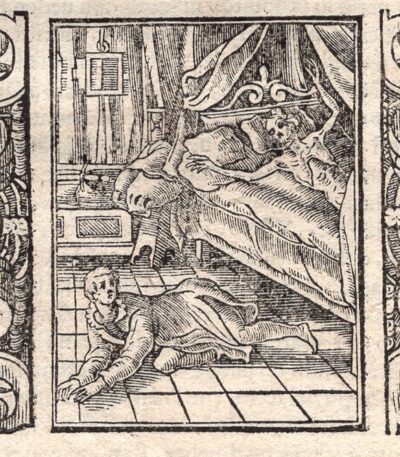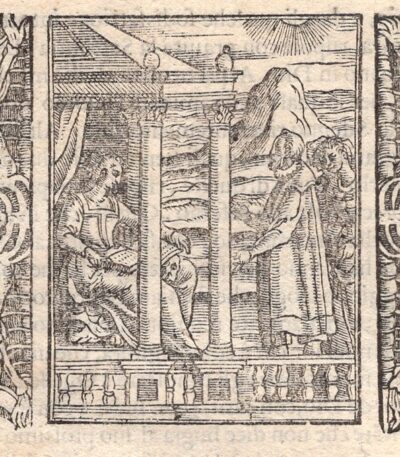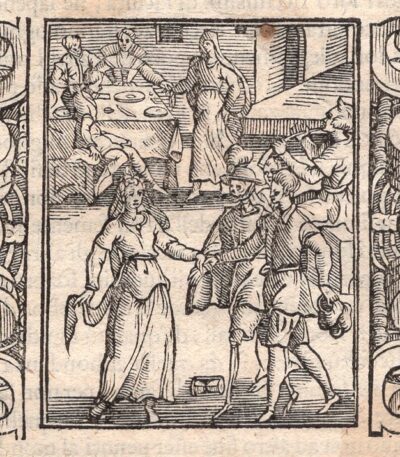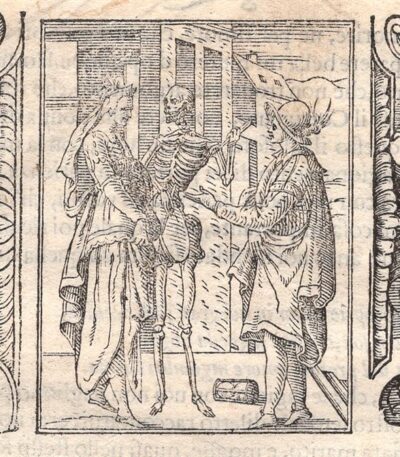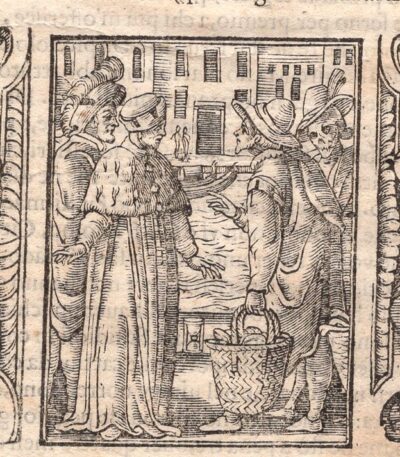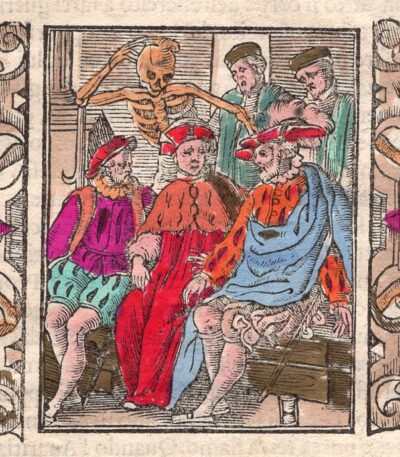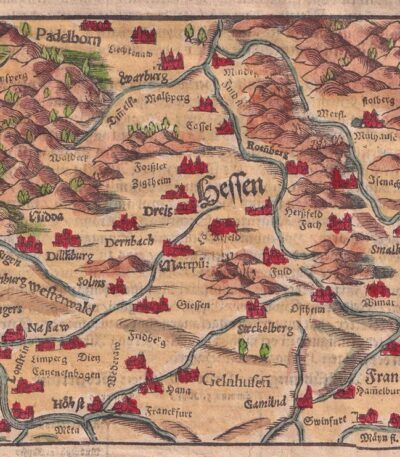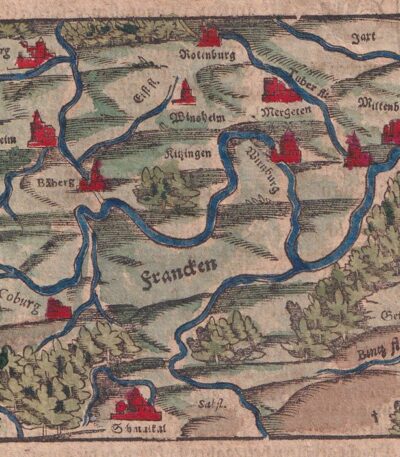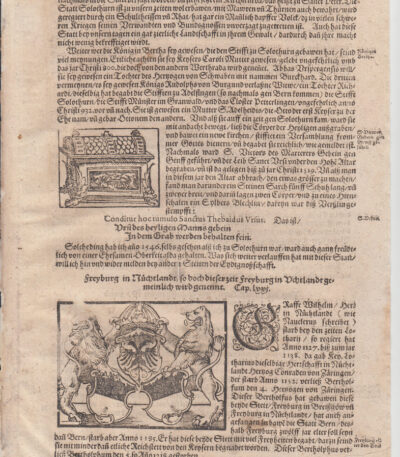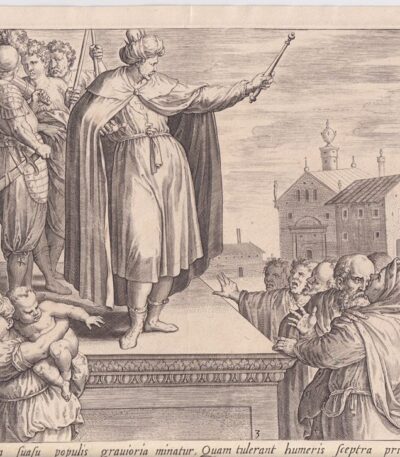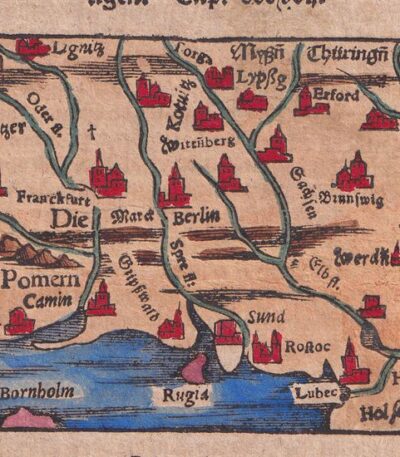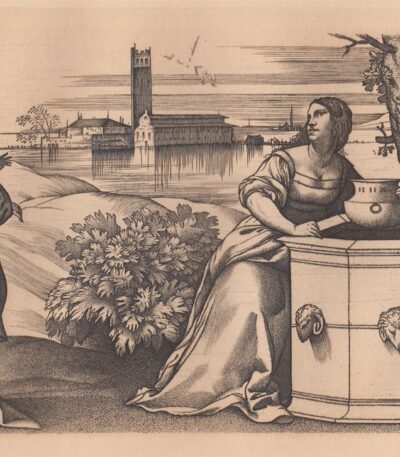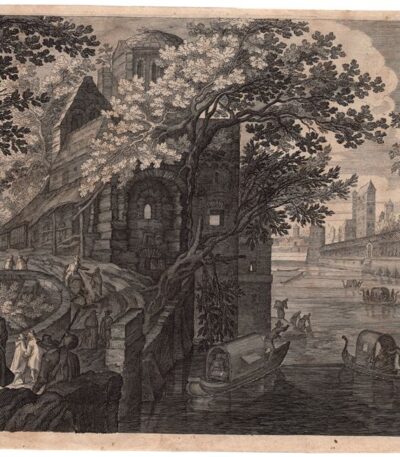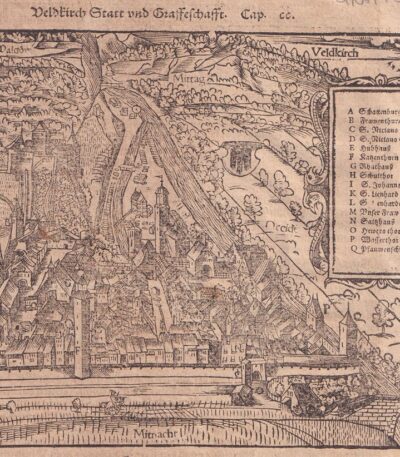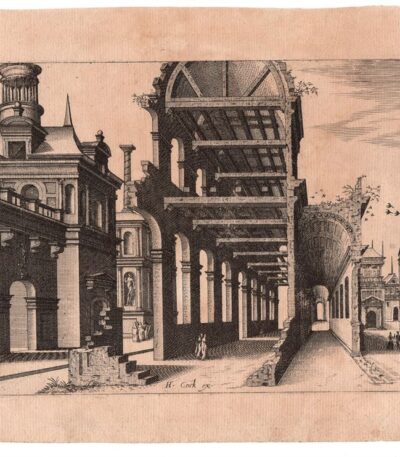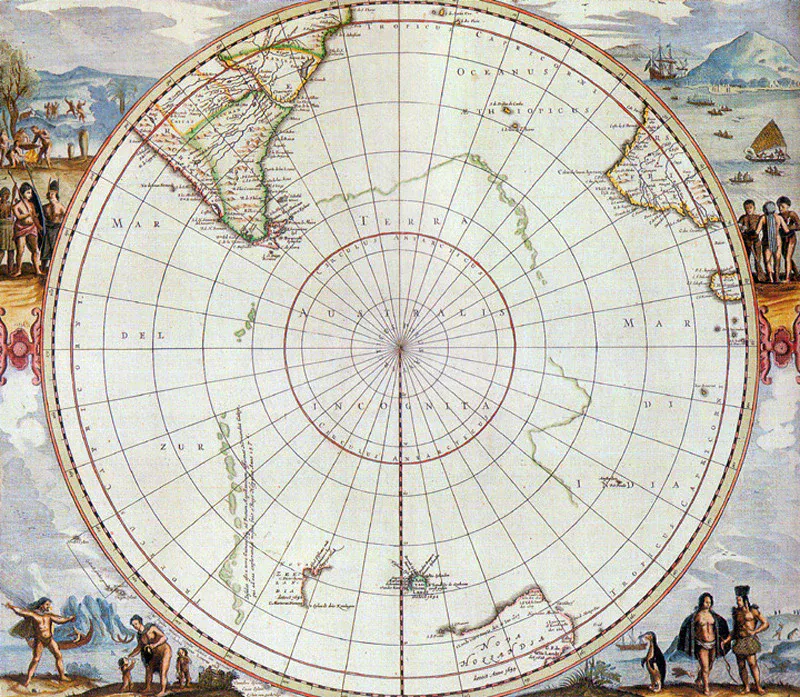XVI
Filter by price
Product categories
- Allegories 25
- Anatomy Medicine 187
- Animals Zoology 163
- Old Masters 1236
- Famous Old Masters 637
- Berchem Nicolaes 35
- Callot Jacques 31
- Of the Beautiful Stephen 94
- David Deuchar 169
- Dore Gustave 103
- Dürer Albrecht 19
- Gabriel Perelle 24
- Hogarth William 87
- Salvator Rosa 21
- Van Ostade Adriaen 83
- Ancient Italian Masters 368
- Ancient Foreign Masters 824
- Famous Old Masters 637
- Architecture 41
- Arts and Crafts 406
- 20th Century Artists 16
- Astrology 59
- Astronomy 25
- Children 89
- Bartholomew Pinelli 123
- Botany Flowers Fruit 118
- Cartography 412
- Consalvo Carelli 31
- Costumes 547
- Drawings and Watercolors 130
- Ex libris 232
- Falsi d'Autore 3
- Butterflies 22
- Games 16
- Joseph Maria Mitelli 40
- Central Italy 960
- Insular Italy 274
- Southern Italy 898
- Avellino 9
- Bari 9
- Barletta 5
- Benevento 12
- Toasts 13
- Phlegraean Fields 83
- Campobasso 10
- Capri 18
- Caserta 43
- Catanzaro 4
- Chieti 8
- Cosenza 7
- Croton 2
- Foggia 15
- Ischia 20
- Isernia 3
- The Eagle 25
- Lecce 13
- Matera 3
- Naples 453
- Naples Province 63
- Pompei 49
- Power 9
- Reggio Calabria 16
- Salerno 74
- Sorrento 25
- Taranto 4
- Teramo 7
- Vesuvius 25
- Northern Italy 1028
- Alexandria 67
- Aosta 36
- Asti 9
- Belluno 9
- Bergamo 12
- connecting rod 3
- Bologna 37
- Bolzano 15
- Brescia 21
- How 31
- Cremona 16
- Wedge 43
- Ferrara 24
- ForliCesena 3
- Genoa 70
- Imperia 19
- La_Spezia 12
- Lecco 6
- Praise 3
- Mantua 23
- Milan 53
- Modena 16
- Monza 3
- New 9
- Padua 27
- Parma 15
- Pavia 27
- Pleasure 10
- Ravenna 23
- Reggio Emilia 9
- Rimini 4
- Rovigo 4
- San_Marino 2
- Savona 10
- Sondrio 18
- Turin 76
- Trento 25
- Treviso 13
- Trieste 21
- Udine 8
- Varese 8
- Venice 94
- Verbano Ossola 16
- Vercelli 10
- Verona 48
- Vicenza 27
- Ancient Books 55
- Ancient Maps 250
- Masks 45
- Ovid's Metamorphoses 65
- Military Battles 82
- Mythology 110
- Fashion 39
- Monarchy 96
- Monograms Numbers 221
- Music 37
- Famous People 588
- Saints 212
- Ancient Holy Cards 250
- Holy cards 20th century 57
- Genre Scenes 409
- Science and Technology 59
- Watercolor Prints 63
- Antique Prints for Events and Weddings 17
- Prints with Marine Ships 12
- Prints with Nudes 23
- Prints from Paintings 447
- Decorative Prints 626
- Large Format Prints 181
- Religion Prints 728
- Erotic Prints 110
- Small Size Prints 160
- Prints cm7x10 31
- Prints cm8x11 75
- Prints cm9x12 54
- Coats of arms 116
- History and Culture 983
- Universal Cosmography 119
- Dance of Death 97
- Philosophy 9
- Literature 142
- History and Culture 371
- Natural history 441
- Theater 43
- Birds 174
- Humor Satire 43
- Views of Foreign Cities 448
- Africa 3
- Albania 3
- America 1
- Australia 2
- Austria 17
- Belgium 9
- Bulgaria 1
- Canada 1
- China 4
- Croazia 2
- Denmark 2
- Egypt 6
- France 70
- Germany 76
- Greece 47
- India 2
- England 20
- Israel 7
- Lebanon 2
- Malta 11
- Netherlands 2
- Paris 14
- Poland 2
- Portugal 8
- Repubblica Ceca 2
- Russia 12
- Syria 2
- Spain 41
- United States 6
- Swiss 51
- Tunisia 6
- Türkiye 15
- Italian City Views 2919
Fabio Glissenti, Death and the Emperor, 1596
35,00 €Death and the Emperor It is an engraving made by Fabio Glissenti in 1596, taken from the work Athanatophilia, inspired by the famous Dance of Death by Hans Holbein.
This unsigned woodcut features images measuring approximately 6.5 x 5 cm on a sheet measuring approximately 21 x 15 cm.
- Sheet size: cm. 21×15 approx.
- Engraving size: cm. 6.5x5 approx.
- Technique: Woodcut
- Condition: Excellent
- Support: Paper
Glissenti, a physician and philosopher, addresses the theme of death with an ironic and disenchanted approach, reflecting the cultured thought of the late sixteenth century. His work, subjected to censorship, is an important testimony to the culture of the time and the challenges faced by the author.
Fabio Glissenti, La Morte ed il Cardinale, 1596
35,00 €La Morte ed il Cardinale It is an engraving made by Fabio Glissenti in 1596, taken from the work Athanatophilia, inspired by the famous Dance of Death by Hans Holbein.
Questa xilografia, non firmata, rappresenta un’importante riflessione sul tema della morte, affrontato con un tono a volte ironico e provocatorio.
- Sheet size: cm. 21×15 approx.
- Engraving size: cm. 6.5x5 approx.
- Support: Paper
- Condition: Excellent state of preservation
Le stampe di Glissenti, medico e filosofo, sono rare e offrono uno spaccato del pensiero colto del tardo Cinquecento, affrontando la censura e il dibattito intellettuale del suo tempo.
Fabio Glissenti, Death and the Physician, 1596
35,00 €Death and the Doctor It is a woodcut made by Fabio Glissenti in 1596, part of the work Athanatophilia, inspired by the famous Dance of Death by Hans Holbein.
This unsigned print measures approximately cm. 6,5×5 and is part of a sheet of cm. 21×15.
- Era: XVI
- Technique: Woodcut
- Condition: Excellent
- Dimensions: Small
- Support: Paper
Glissenti, a physician and philosopher, addresses the theme of death with an approach that is sometimes ironic and provocative. His work, subjected to censorship, reflects the cultured thought of the late sixteenth century, making these prints rare and precious for understanding his time.
Fabio Glissenti, La Morte ed il Moribondo, 1596
35,00 €La Morte ed il Moribondo It is a woodcut made by Fabio Glissenti in 1596, taken from the work Athanatophilia, inspired by the famous Dance of Death by Hans Holbein.
Questa stampa è un esempio significativo del pensiero colto del tardo Cinquecento, affrontando il tema della morte con un approccio a volte ironico e irriverente.
- Sheet size: cm. 21×15 approx.
- Image size: cm. 6.5x5 approx.
- Support: Paper
- Condition: Excellent
Fabio Glissenti, La Morte Gondoliere, 1596
35,00 €La Morte Gondoliere It is an engraving made by Fabio Glissenti in 1596, part of the work Athanatophilia, inspired by the famous Dance of Death by Hans Holbein.
Questa xilografia rappresenta un momento significativo del pensiero colto del tardo Cinquecento, affrontando il tema della morte con un approccio a volte ironico e irriverente.
- Sheet size: cm. 21×15 approx.
- Engraving size: cm. 6,5×10 circa
- Technique: Woodcut
- Condition: Excellent
- Support: Paper
Fabio Glissenti, La Morte in guerra, 1596
35,00 €La Morte in guerra It is an engraving made by Fabio Glissenti in 1596, taken from the work Athanatophilia, inspired by the famous Dance of Death by Hans Holbein.
Questa xilografia, non firmata, presenta un’immagine di dimensioni cm. 6,5×5 circa su un foglio di cm. 21×15 circa.
- Sheet size: cm. 21×15 approx.
- Engraving size: cm. 6.5x5 approx.
- Technique: Woodcut
- Condition: Excellent
- Support: Paper
Glissenti, medico e filosofo, affronta il tema della morte con un approccio a volte ironico e irriverente. La sua opera, sottoposta a censura, è un’importante testimonianza del pensiero colto del tardo Cinquecento.
Le stampe, parte del ciclo della ‘Danza Macabra’, sono rare e rappresentano una parte significativa della cultura e della filosofia di quel periodo.
Fabio Glissenti, La Morte in una cassa, 1596
35,00 €La Morte in una cassa It is an engraving made by Fabio Glissenti in 1596, taken from the work Athanatophilia, inspired by the famous Dance of Death by Hans Holbein.
Questa xilografia, non firmata, presenta un’immagine di dimensioni cm. 6,5×10 circa su un foglio di cm. 21×15 circa.
- Sheet size: cm. 21×15 approx.
- Engraving size: cm. 6,5×10 circa
- Support: Paper
- Condition: Excellent state of preservation
Glissenti, medico e filosofo, affronta il tema della morte con un approccio a volte ironico e irriverente, sfidando la censura del suo tempo. La sua opera principale, l’Athanatophilia, è un voluminoso lavoro che esplora il dispiacere della morte attraverso dialoghi e novelle, rendendo questa incisione un’importante testimonianza del pensiero colto del tardo Cinquecento.
Fabio Glissenti, La Morte nel Letto, 1596
35,00 €La Morte nel Letto It is an engraving made by Fabio Glissenti in 1596, part of the work Athanatophilia, inspired by the famous Dance of Death by Hans Holbein.
In questa scena, l’uomo tenta di sfuggire alla Morte cadendo dal letto, con un esito tragico che lo porta a rompersi una costola.
- Sheet size: cm. 21×15 approx.
- Engraving size: cm. 6,5×10 circa
- Technique: Woodcut
- Condition: Excellent
- Support: Paper
Questa stampa, non firmata, è un esempio della riflessione di Glissenti sulla morte, affrontata con un tono a volte ironico e irriverente.
La sua opera, che ha subito la censura, è un’importante testimonianza del pensiero colto del tardo Cinquecento.
Fabio Glissenti, La Prudenza e la Morte, 1596
35,00 €La Prudenza e la Morte It is an engraving made by Fabio Glissenti in 1596, taken from the work Athanatophilia, inspired by the famous Dance of Death by Hans Holbein.
Questa xilografia, non firmata, presenta un’immagine di dimensioni cm. 6,5×10 circa su un foglio di cm. 21×15 circa.
- Sheet size: cm. 21×15 approx.
- Engraving size: cm. 6,5×10 circa
- Technique: Woodcut
- Condition: Excellent
- Support: Paper
Glissenti, medico e filosofo, affronta il tema della morte con un approccio a volte ironico e irriverente, riflettendo il pensiero colto del tardo Cinquecento. La sua opera principale, l’Athanatophilia, è un voluminoso lavoro che include cinque dialoghi e trenta novelle, affrontando la censura e le controversie del suo tempo. Queste rare stampe rappresentano un’importante testimonianza della cultura e della filosofia dell’epoca.
Fabio Glissenti, La Sfortuna e la Morte, 1596
35,00 €La Sfortuna e la Morte It is an engraving made by Fabio Glissenti in 1596, taken from the work Athanatophilia, inspired by the famous Dance of Death by Hans Holbein.
Questa xilografia rappresenta un’importante riflessione sul tema della morte, affrontato con un tono a volte ironico e irriverente.
- Sheet size: cm. 21×15 approx.
- Engraving size: cm. 6,5×10 circa
- Support: Paper
- Condition: Excellent
Glissenti, medico e filosofo, ha affrontato la censura e un processo per le sue idee audaci, rendendo questa opera un raro esempio del pensiero colto del tardo Cinquecento.
La sua opera principale, l’Athanatophilia, è un voluminoso lavoro che include dialoghi e novelle, esplorando il tema della morte con una profondità unica.
Fabio Glissenti, Lo Stemma della Morte, 1596
50,00 €Lo Stemma della Morte It is an engraving made by Fabio Glissenti in 1596, taken from the work Athanatophilia, inspired by the famous Dance of Death by Hans Holbein.
Questa xilografia, non firmata, presenta un’immagine di dimensioni cm. 6,5×10 circa su un foglio di cm. 21×15 circa.
- Sheet size: cm. 21×15 approx.
- Engraving size: cm. 6,5×10 circa
- Technique: Woodcut
- Condition: Excellent
- Support: Paper
Glissenti, medico e filosofo, affronta il tema della morte con un approccio a volte ironico e irriverente. La sua opera principale, Athanatophilia, è un voluminoso lavoro che esplora il dispiacere del morire attraverso cinque dialoghi e trenta novelle.
Nonostante le censure e le controversie legate alla sua pubblicazione, Glissenti ha mantenuto una visione critica e profonda sulla vita e la morte, rendendo queste stampe un’importante testimonianza del pensiero colto del tardo Cinquecento.
Fabio Glissenti, Moglie e la Morte, 1596
35,00 €Fabio Glissenti, Moglie e la Morte è una xilografia realizzata nel 1596, parte dell’opera Athanatophilia, inspired by the famous Dance of Death by Hans Holbein.
This print represents a significant example of the cultured thought of the late sixteenth century, addressing the theme of death with an approach that is at times ironic and irreverent.
- Sheet size: cm. 21×15 approx.
- Image size: cm. 6,5×10 circa
- Support: Paper
- Condition: Excellent
L’opera di Glissenti, medico e filosofo, è composta da cinque dialoghi e trenta novelle, affrontando la morte con una visione disincantata. Nonostante le censure e le controversie legali, il suo lavoro rimane un’importante testimonianza del pensiero dell’epoca.
Fabio Glissenti, Morte a Venezia, Il Doge, 1596
35,00 €Morte a Venezia, Il Doge It is an engraving made by Fabio Glissenti in 1596, taken from the work Athanatophilia, inspired by the famous Dance of Death by Hans Holbein.
Questa xilografia rappresenta un’importante riflessione sulla morte, affrontata con un tono a volte ironico e irriverente dall’autore, un intellettuale disincantato del suo tempo.
- Sheet size: cm. 21×15 approx.
- Engraving size: cm. 6,5×10 circa
- Support: Paper
- Condition: Excellent
L’opera di Glissenti, che affrontò la censura e un processo per le sue idee, è un raro esempio del pensiero colto del tardo Cinquecento.
Le stampe, parte del ciclo della ‘Danza Macabra’, sono adornate da bellissime figure e rappresentano un’importante testimonianza della cultura del tempo.
Fabio Glissenti, Nobili e la Morte, 1596
40,00 €Fabio Glissenti, Nobili e la Morte è una xilografia acquarellata realizzata nel 1596, parte dell’opera Athanatophilia, inspired by the famous Dance of Death by Hans Holbein.
Questa stampa, non firmata, misura circa cm. 6,5×10 sull’intero foglio di cm. 21×15.
- Sheet size: cm. 21×15 approx.
- Image size: cm. 6,5×10 circa
- Technique: Watercolor woodcut
- Condition: Excellent
- Support: Paper
Glissenti, medico e filosofo, affronta il tema della morte con un approccio ironico e provocatorio, sfidando la censura del suo tempo. La sua opera, composta da cinque dialoghi e un trattato, riflette il pensiero colto del tardo Cinquecento, rendendo queste stampe rare e preziose.
Fabio Glissenti, Venezia e la Morte, 1596
35,00 €Venezia e la Morte It is an engraving made by Fabio Glissenti in 1596, part of the work Athanatophilia, inspired by the famous Dance of Death by Hans Holbein.
Questa xilografia, non firmata, presenta un’immagine di dimensioni cm. 6,5×10 circa su un foglio di cm. 21×15 circa.
- Sheet size: cm. 21×15 approx.
- Engraving size: cm. 6,5×10 circa
- Support: Paper
- Condition: Excellent
Glissenti, medico e filosofo, affronta il tema della morte con un approccio a volte ironico e irriverente, nonostante le censure e le controversie legali che ha dovuto affrontare. Le sue opere, tra cui l’Athanatophilia, offrono uno sguardo penetrante sul pensiero colto del tardo Cinquecento, rendendo questa incisione un’importante testimonianza storica.
Frankfurt, St.Munster, 1614
Frankfurt, St.Munster, 1614 It is a historical map of the region of Hessen, in Hesse, Germany, taken from the famous work Cosmography Universalis by Sebastian Munster.
This map, made in 1614, offers a detailed representation of the city of Frankfurt and its surrounding territory.
- Author: Sebastian Münster (1488-1552)
- Taken from: Cosmographia Universalis, Basel, 1614
- Sheet size: cm. 36×22 approx.
- Image size: cm. 12×15 approx.
- Technique: Woodcut on laid paper with watercolour
- Condition: Excellent state of preservation
Franconia, St.Munster, 1614
Franconia, St.Munster, 1614 It is a detailed map of the region of Franconia, located in Germany, taken from the famous work Cosmography Universalis by Sebastian Munster.
This woodcut, made on watercolour laid paper, offers a precious view of Bavaria in the 17th century.
- Sheet size: cm. 36×22 approx.
- Image size: cm. 9.5×13.5 approx.
- Support: Laid paper
- Condition: Excellent state of preservation
Friburgo, Germania, Cosmographia, 1588
20,00 €Friburgo, Germania, Cosmographia è una xilografia realizzata nel 1588, che presenta uno stemma con scritta in gotico antico.
Questa opera è stata pubblicata da Sebastian Munster nel celebre volume Cosmography, uno dei libri più popolari del XVI secolo.
- Sheet size: cm. 33×20 approx.
- Engraving size: cm. 7x9 approx.
- Support: Handmade laid paper
- Condition: Excellent
Gerard de Jode Il Re che risponde al popolo 1585
80,00 €Il Re che risponde al popolo It is an engraving made by Gerard de Jode nel 1585, un’opera che rappresenta Geroboamo in piedi su una piattaforma mentre si rivolge agli israeliti.
Questa incisione è stata pubblicata da Gerard de Jode, un noto cartografo e incisore fiammingo, e si basa su un disegno di Ambrosius Francken.
- Sheet size: cm. 22×31 approx.
- Engraving size: cm. 21×30 approx.
- Technique: Etching
- Support: Laid paper with watermark
- Condition: Excellent
Questo lavoro è un esempio significativo della tradizione incisoria fiamminga, con riferimenti bibliografici nel catalogo New Hollstein che documenta le incisioni olandesi e fiamminghe dal 1450 al 1700.
North Germany, S.Munster, 1614
Northern Germany, St.Munster It is a detailed map of Northern Germany, taken from the famous Cosmography by Sebastian Munster.
This map, published in Basel in 1614, offers an accurate representation of the territory of the time, with a written back that enhances its historical value.
- Author: Sebastian Münster (1488-1552)
- Taken from: Cosmographia Universalis, Basel, 1614
- Sheet size: cm. 36×22 approx.
- Image size: cm. 7×13,5 approx.
- Technique: Woodcut on laid paper with watercolour
- Condition: Excellent state of preservation
Giulio Campagnola, Gesù e la Samaritana, 1510, XIX secolo
50,00 €Gesù e la Samaritana It is an engraving made by Giulio Campagnola In the 1510, un’opera che riflette la maestria dell’artista nel rappresentare scene bibliche.
This engraving, made in etching, misura cm. 15×20 alla battuta del rame, su un foglio di cm. 28×19, ed è stampata su laid paper.
- Era: 19th century
- Condition: Excellent
- Dimensions: Small
Giulio Campagnola, originario di Padova, è stato un importante pittore e incisore del Rinascimento italiano.
La sua formazione avvenne tra Padova e Ferrara, ma si stabilì principalmente a Venezia, dove entrò in contatto con artisti come Dürer e Giorgione.
La sua vasta cultura umanistica e il suo talento artistico gli garantirono un posto di rilievo nei circoli culturali veneziani.
Gondolas on a Canal, Egidio Sadeler 1600
80,00 €Gondolas on a canal It is an engraving made by Egidio Sadeler around 1600.
This work, part of the series Scenes in Bohemia, is a charming imaginary view of a city with a gondola in the foreground.
The engraving was made based on a drawing by Peter Stevens, who in 1594 became court painter to Emperor Rudolf II in Prague.
- Sheet size: cm. 24×37 approx.
- Engraving size: cm. 24×37 approx.
- Technique: Etching
- Support: Laid paper
- Condition: Excellent state of preservation
The print is signed lower left, “Petrus Stephani Inuen.”, and lower right, “Egid: Sadeler excud”.
The preparatory drawing for this engraving is preserved at the Nasjonalgalleriet in Oslo.
Grafschaft Tyrol, S.Munster, 1614
County of Tyrol it is a view extracted from the Cosmography Universalis by Sebastian Munster, published in Basel in 1614.
This engraving represents an important geographical testimony of the time, offering a detailed vision of the Tyrol region.
- Sheet size: cm. 36×22 approx.
- Image size: cm. 14.5x18 approx.
- Support: Laid paper
- Condition: Excellent state of preservation
H. Cock (1518-1570) , Scenografia, 1560
40,00 €Scenografia è un’acquaforte realizzata da Hans Vredeman de Vries nel 1560, parte di una suite di venti vedute che ritraggono strade, cortili del palazzo, interni e colonnati, intitolata ‘Scenographiae Siue Perspectiuae’.
This work is printed on laid paper and measure cm. 16×21 più margini.
- Sheet size: Small
- Condition: Excellent state of preservation
- Era: XVI
- Technique: Etching
- Support: Paper
Explore the fascinating world of antique prints
Antique prints are silent witnesses of history, capable of transporting us to distant eras through the art of engraving. Our e-commerce offers a vast selection of these precious finds, carefully selected for their authenticity and artistic value. Whether you are an expert collector or a novice enthusiast, you will find unique pieces here that will enrich your spaces with a touch of timeless elegance.
A safe and rewarding shopping experience
We understand the importance of each individual print and are committed to ensuring a flawless purchasing experience. Our secure payment system and insured shipping with professional packaging ensure that each piece arrives in the best condition. Our expertise in the sector allows us to offer detailed descriptions and personalized advice, helping you to make informed choices. If you have any questions or specific requests, do not hesitate to contact us: we will be happy to guide you into the wonderful world of antique prints.

